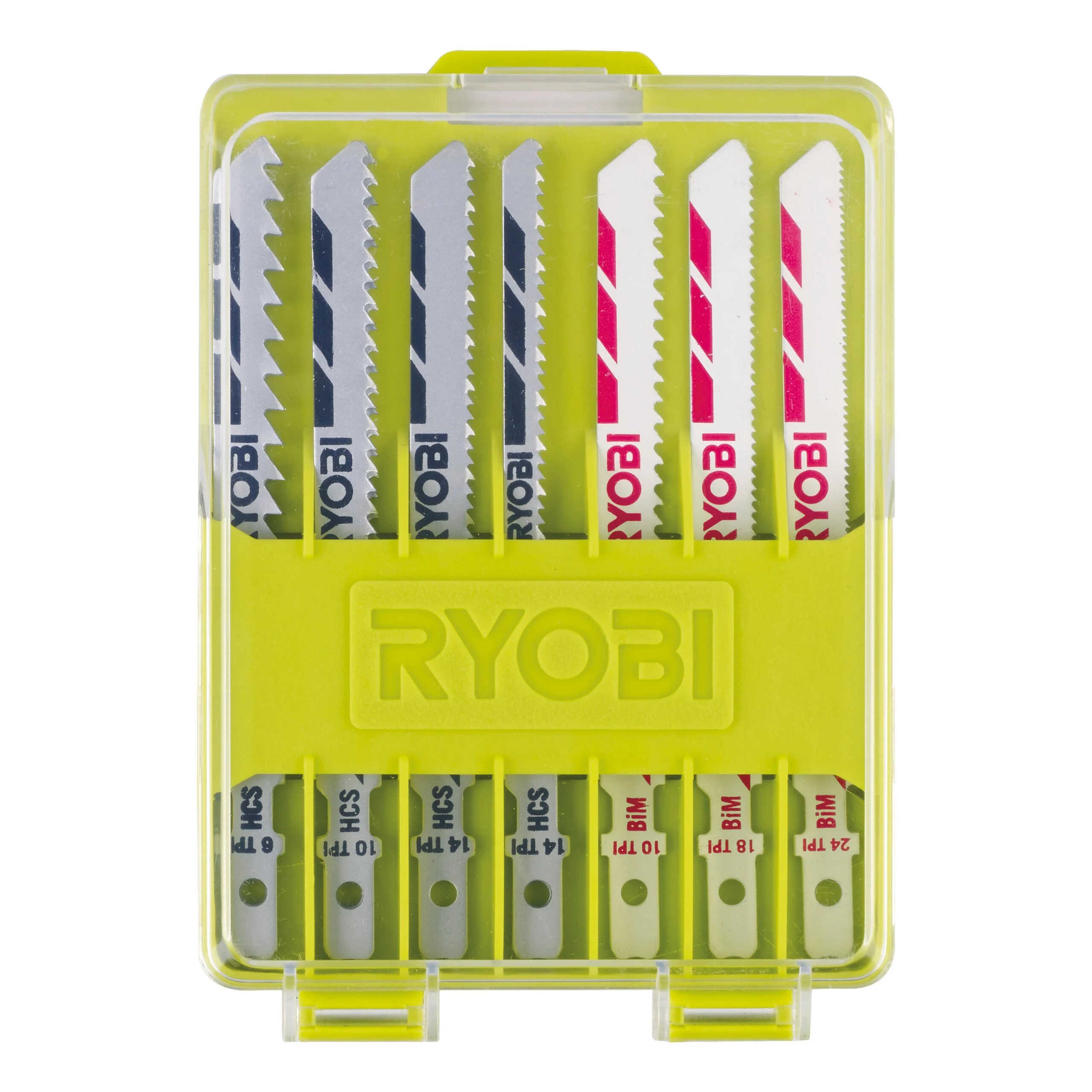

Articles
What Type Of Blade Does A Ryobi Jigsaw Use
Modified: December 7, 2023
Discover the perfect blades for your Ryobi jigsaw. Read our informative articles to learn about the different types of blades that you can use.
(Many of the links in this article redirect to a specific reviewed product. Your purchase of these products through affiliate links helps to generate commission for Storables.com, at no extra cost. Learn more)
Introduction
Welcome to our comprehensive guide on Ryobi jigsaws and the types of blades they use. If you’re a woodworking enthusiast or professional, having the right jigsaw and blade is crucial for achieving precise and clean cuts. Ryobi has long been a trusted brand in the power tool industry, known for their quality products and innovative designs.
In this article, we’ll dive deep into the world of Ryobi jigsaws and explore the different types of blades that are compatible with them. We’ll also provide you with useful tips on how to choose the right blade for your specific cutting needs. Whether you’re a beginner or an experienced woodworker, this guide will help you make informed decisions when it comes to selecting the perfect blade for your Ryobi jigsaw.
Before we delve into the specifics of Ryobi jigsaws and blades, let’s take a moment to understand the basics of these versatile tools. A jigsaw is a handheld power tool that uses a reciprocating blade to cut various materials, including wood, plastic, metal, and more. It is a popular choice among woodworkers due to its ability to make intricate and curved cuts quickly and easily.
Ryobi offers a range of jigsaws that cater to different skill levels and cutting requirements. Whether you’re working on a small DIY project or tackling a professional-grade woodworking task, there’s a Ryobi jigsaw that’s perfect for the job. These jigsaws are known for their durability, user-friendly design, and advanced features that enhance cutting accuracy and convenience.
Now that we have a basic understanding of Ryobi jigsaws, let’s move on to exploring the types of blades that can be used with these tools. Different materials and different cutting tasks require different types of blades, so it’s important to have a good understanding of your options when it comes to blade selection.
Ryobi jigsaws are compatible with a wide range of blade types, each designed for specific cutting purposes. From general-purpose blades to specialized blades for cutting metal, plastic, laminate, and more, there’s a blade for every cutting need. The key is to choose the right blade that suits the material you’re working with and the type of cut you want to achieve.
In the next section, we’ll take a closer look at the different types of blades that are compatible with Ryobi jigsaws, as well as the factors to consider when selecting the right blade for your specific cutting task. So, let’s dive in and explore the world of Ryobi jigsaw blades!
Key Takeaways:
- Understanding the compatibility of Ryobi jigsaws with T-shank and U-shank blades provides flexibility in blade selection, allowing for precise and versatile cutting in various materials and applications.
- Choosing the right jigsaw blade for your Ryobi jigsaw involves considering factors such as material, thickness, cut type, tooth configuration, and consulting the jigsaw manual, ensuring clean, accurate cuts and prolonged blade and jigsaw lifespan.
Read more: How To Change Blade On Ryobi Jigsaw
Understanding Ryobi Jigsaws
Ryobi jigsaws are renowned for their quality, durability, and versatility. They are designed to make precise and intricate cuts in a variety of materials, making them an essential tool for woodworkers, DIY enthusiasts, and professionals alike.
One of the key features of Ryobi jigsaws is their adjustable orbital action. Orbital action refers to the oscillating movement of the jigsaw blade, which allows for more aggressive cutting in thick or hard materials. This feature can be adjusted to different settings, allowing users to customize the cutting action based on their specific needs.
Ryobi jigsaws also offer variable speed control, which allows users to adjust the cutting speed to match the material being cut. This is particularly useful when working with different types of wood or when cutting through delicate materials that require a slower speed for more controlled cuts.
Another notable feature of Ryobi jigsaws is the tool-free blade change mechanism. This makes it quick and easy to switch out blades for different cutting tasks. Simply twist the blade clamp, remove the old blade, insert the new one, and tighten the clamp. This saves valuable time and eliminates the need for additional tools.
Ryobi jigsaws are also ergonomically designed with user comfort in mind. They feature a rubberized grip handle that provides a secure and comfortable grip, reducing hand fatigue during prolonged use. The lightweight design further enhances maneuverability and control, allowing for precise and accurate cuts.
When it comes to blade compatibility, Ryobi jigsaws are designed to work with both T-shank and U-shank blades. T-shank blades are the most common type and are widely available. They have a universal design that fits most jigsaw brands, including Ryobi. U-shank blades are typically used with older jigsaw models and have a different mounting system. However, many Ryobi jigsaws come with an adapter that allows for the use of U-shank blades.
Ryobi offers a wide range of jigsaw models to suit different cutting needs and budgets. From entry-level models for occasional home use to high-performance models for professional use, there’s a Ryobi jigsaw for every user. It’s worth noting that the features and capabilities may vary depending on the model, so it’s important to choose a jigsaw that aligns with your specific requirements.
Now that we have a better understanding of Ryobi jigsaws and their key features, let’s explore the different types of blades that are compatible with these versatile tools. Understanding the options available will allow you to choose the right blade for your specific cutting task, ensuring the best results.
Different Types of Blades
When it comes to selecting the right blade for your Ryobi jigsaw, it’s important to understand the different types available and their specific applications. The type of blade you choose will depend on the material you’re cutting and the type of cut you want to achieve. Here are some of the most common types of jigsaw blades:
- High-Speed Steel (HSS) Blades: HSS blades are made from a high-speed steel material and are suitable for cutting soft metals, such as aluminum, brass, and mild steel. They can also be used to cut plastics and wood. HSS blades are known for their durability and ability to withstand high speeds and temperatures. They are a versatile option for various cutting tasks.
- Bi-Metal Blades: Bi-metal blades are constructed with two types of metal – a hardened high-speed steel body and a flexible alloy steel edge. This combination of materials makes bi-metal blades extremely durable and resistant to heat and wear. They are ideal for cutting through tough materials, such as hardwood, stainless steel, and fiberglass. Bi-metal blades are a popular choice for both professional and DIY use.
- Carbon Steel Blades: Carbon steel blades are an affordable option that is suitable for cutting wood, plastics, and non-ferrous metals. While they are not as durable as HSS or bi-metal blades, they are adequate for general-purpose cutting tasks. Carbon steel blades may require more frequent replacement, especially when used on harder materials.
- Tungsten Carbide Blades: Tungsten carbide blades are designed for cutting through abrasive materials, such as ceramics, tiles, and cement board. These blades are extremely hard and can withstand the high heat generated during cutting. Tungsten carbide blades have a longer lifespan compared to other blade types when used on hard materials, making them a cost-effective option for specific cutting tasks.
- Scrolling Blades: Scrolling blades, also known as scrolling or fret blades, have a narrow profile and teeth on both sides. These blades are specifically designed for making intricate curved cuts and tight radius cuts, such as scrollwork and detailed designs. Scrolling blades are commonly used in woodworking and crafts projects that require fine and delicate cutting.
- Specialty Blades: In addition to the common blade types mentioned above, there are also specialty blades available for specific applications. These include laminate blades for cutting laminates and veneers, metal-cutting blades for cutting through thick metals, and reverse-tooth blades for reducing splintering on the top surface of the cut. Specialty blades cater to unique cutting requirements and can help achieve better results in specific situations.
It’s important to note that blade selection may vary depending on the model of your Ryobi jigsaw and the specific blade clamp system it uses. Always refer to the manufacturer’s recommendations and guidelines when selecting blades for your jigsaw to ensure compatibility and safety.
Now that we have a good understanding of the different types of blades available, let’s move on to the next section, where we’ll discuss the compatibility of these blades with Ryobi jigsaws.
Blade Compatibility with Ryobi Jigsaws
Ryobi jigsaws are designed to be versatile and compatible with a wide range of jigsaw blades. The blade compatibility of Ryobi jigsaws ensures that you have options when it comes to selecting the right blade for your specific cutting needs.
Ryobi jigsaws are compatible with both T-shank and U-shank blades. T-shank blades are the most common type and have a universal design that fits most jigsaw brands, including Ryobi. These blades have a straight shank with a tang at the end that fits into the blade clamp of the jigsaw. T-shank blades are widely available and come in various types and sizes, making them suitable for a wide range of cutting applications.
U-shank blades, on the other hand, have a U-shaped shank that fits into the blade clamp of older jigsaw models. While U-shank blades are less common in modern jigsaws, many Ryobi jigsaw models come with an adapter that allows for the use of U-shank blades. This gives you the flexibility to use both T-shank and U-shank blades with your Ryobi jigsaw, depending on your preferences and the availability of blade options.
It’s worth noting that the specific blade clamp system may vary depending on the model of your Ryobi jigsaw. Some models may have a tool-free blade change mechanism, while others may require the use of a hex key or screwdriver to change the blade. Always refer to the user manual or the manufacturer’s instructions for guidance on how to properly install and change blades in your Ryobi jigsaw.
When selecting blades for your Ryobi jigsaw, it’s essential to consider the blade length and thickness. The blade length should be suitable for the depth of cut you require, ensuring that the blade can comfortably cut through the material without bottoming out. Additionally, the blade thickness should be appropriate for the material you’re cutting to prevent excessive flexing or binding during the cutting process.
Since Ryobi jigsaws are compatible with a wide range of blades, you have the flexibility to choose blades from various brands and manufacturers. However, it’s essential to ensure that the blades you choose are of high quality and specifically designed for the material and cutting task at hand. Investing in quality blades will result in cleaner cuts, improved durability, and overall better performance.
Now that we have covered the blade compatibility of Ryobi jigsaws, let’s move on to the next section, where we’ll provide you with valuable tips on how to choose the right blade for your Ryobi jigsaw.
Ryobi jigsaws typically use T-shank blades, which are easy to install and remove. Make sure to check the blade compatibility with your specific model before purchasing.
Choosing the Right Blade for Your Ryobi Jigsaw
Choosing the right blade for your Ryobi jigsaw is essential to ensure clean and accurate cuts. With so many options available, it can be overwhelming to decide which blade is best suited for your specific cutting task. Here are some valuable tips to help you choose the right blade for your Ryobi jigsaw:
- Consider the Material: The first step in selecting the right blade is to consider the material you’ll be cutting. Different materials have different hardness levels and require specific blade types. For example, if you’re working with wood, a general-purpose or scrolling blade would be suitable. For cutting metal, you’ll need a blade specifically designed for metal cutting, such as a bi-metal or high-speed steel blade.
- Determine the Thickness: The thickness of the material you’ll be cutting will also play a role in blade selection. Thicker materials require blades with larger teeth and more aggressive cutting action to efficiently cut through them. If you’re unsure about the appropriate blade thickness, refer to the manufacturer’s recommendations or consult with a knowledgeable professional.
- Consider the Cut Type: The type of cut you want to achieve will also influence your blade choice. For straight cuts, a standard straight-cut blade will suffice. However, if you’ll be making curved or intricate cuts, a scrolling blade with fine teeth will provide better maneuverability and precision.
- Evaluate the Tooth Configuration: Blades come in various tooth configurations, known as the TPI (teeth per inch). Blades with a higher TPI are suitable for finer cuts, while blades with a lower TPI are better for aggressive and faster cuts. Consider the desired finish and the speed at which you want to cut the material when determining the appropriate tooth configuration.
- Check for Specialty Blades: Depending on your specific cutting needs, you may require a specialty blade. Laminate blades are designed for cutting laminates and veneers without chipping or splintering. Metal-cutting blades are engineered to cut through thick metals effortlessly. It’s worth exploring specialty blades to achieve better results for specific applications.
- Consult the Jigsaw Manual: Your Ryobi jigsaw’s manual is a valuable resource that provides guidance on the recommended blade types and specifications for your specific model. It will provide specific instructions on blade installation, adjustment of orbital action, and other important considerations. Always refer to the manual for the most accurate and up-to-date information.
- Consider the Brand: Choosing blades from reputable brands known for their quality and performance is highly recommended. Brands like Bosch, DeWalt, and Freud are well-respected in the industry and offer a wide range of high-quality jigsaw blades. Investing in a trusted brand ensures that you’re using blades that are designed to deliver optimal cutting performance and durability.
By considering the material, thickness, cut type, tooth configuration, and consulting your jigsaw’s manual, you’ll be well-equipped to choose the right blade for your specific cutting needs. Remember that using the appropriate blade not only ensures clean and accurate cuts but also prolongs the lifespan of your Ryobi jigsaw.
In the next section, we’ll explore some additional factors to consider when selecting jigsaw blades, such as tooth pitch and blade material. So, let’s continue our journey through the world of Ryobi jigsaw blades!
Read more: What Size Blade Does A Ryobi Circular Saw
Factors to Consider when Selecting Jigsaw Blades
Choosing the right jigsaw blade goes beyond material compatibility and the type of cut you want to achieve. There are several other factors to consider when selecting jigsaw blades that can greatly impact the quality of your cuts and the overall performance of your Ryobi jigsaw. Here are some key factors to keep in mind:
- Tooth Pitch: The tooth pitch refers to the distance between the teeth on the blade. It determines the aggressiveness of the cut. Blades with a larger tooth pitch are more suitable for fast and rough cuts, while blades with a smaller tooth pitch provide smoother and finer cuts.
- Blade Material: The material from which the blade is made can greatly affect its durability and cutting performance. High-quality blades are typically made from materials like high-speed steel (HSS), bi-metal, or carbide. HSS blades are suitable for general-purpose cutting, while bi-metal and carbide blades are designed for more demanding applications such as cutting metal or abrasive materials.
- Number of Teeth: The number of teeth on the blade plays a role in the quality of the cut and the speed of cutting. Blades with more teeth provide a cleaner finish but may cut slower, while blades with fewer teeth remove material faster but may leave a rougher finish.
- Blade Width: The width of the blade determines the turning radius and the ability to make tight curves and intricate cuts. Thinner blades are ideal for detailed work, while wider blades provide stability and strength for straighter cuts. Consider the type of cuts you’ll be making and choose a blade width accordingly.
- Cutting Speed: The cutting speed refers to the speed at which the blade moves back and forth during the cutting process. Different materials require different cutting speeds to achieve optimal results. Some blades offer variable speed options, allowing you to adjust the cutting speed to match the material and achieve precise and efficient cuts.
- Blade Longevity: The lifespan of a jigsaw blade can vary depending on its quality, the material being cut, and the cutting conditions. Higher-quality blades typically last longer and can withstand more demanding applications. It’s worth investing in durable and long-lasting blades to reduce frequent blade changes and ensure consistent cutting performance.
- Blade Stiffness and Flexibility: The stiffness and flexibility of the blade can affect the stability and control of the cutting process. Stiffer blades are better suited for straight cuts and heavy-duty applications, while more flexible blades are ideal for curved and intricate cuts. Consider the nature of your cutting task and select a blade that provides the appropriate balance of stiffness and flexibility.
By considering these factors when selecting jigsaw blades for your Ryobi jigsaw, you’ll be able to make informed decisions that result in better cutting performance, increased efficiency, and longer blade life. Experimenting with different blade types and configurations will also allow you to refine your technique and achieve the desired results for your specific projects.
In the next section, we’ll introduce you to some popular Ryobi jigsaw blade brands that you can consider for your cutting needs. So, let’s keep exploring!
Popular Ryobi Jigsaw Blade Brands
When it comes to selecting jigsaw blades for your Ryobi jigsaw, there are several reputable brands that offer high-quality options. These brands have gained recognition in the industry for producing blades that deliver exceptional cutting performance, durability, and precision. Here are some popular Ryobi jigsaw blade brands to consider:
- Bosch: Bosch is a well-known name in the power tool industry and offers a wide range of jigsaw blades suitable for various cutting applications. Their blades are known for their exceptional cutting performance and durability. Whether you need blades for general woodworking, metal cutting, or specialized applications, Bosch has you covered.
- DeWalt: DeWalt is another trusted brand that produces high-quality jigsaw blades. Their blades are designed to deliver clean and accurate cuts, making them popular among professionals and DIY enthusiasts. DeWalt blades are known for their durability and efficient cutting performance, ensuring that you get precise results every time.
- Freud: Freud is known for its precision cutting tools, and their jigsaw blades are no exception. With innovative designs and advanced tooth geometries, Freud blades provide outstanding cutting performance and longevity. Their blades are widely used in professional woodworking applications and are known for their exceptional quality.
- Milwaukee: Milwaukee offers a range of jigsaw blades that are designed to deliver superior cutting performance and durability. Their blades are engineered with precision-ground teeth for clean and precise cuts. Whether you need blades for woodworking, metal cutting, or specialty applications, Milwaukee has a wide selection to choose from.
- Lenox: Lenox is a renowned brand that specializes in cutting tools, and their jigsaw blades are highly regarded for their cutting-edge technology and performance. Lenox blades are known for their durability and ability to withstand tough cutting tasks. They offer a variety of blade types for different materials and cutting applications.
These are just a few of the popular Ryobi jigsaw blade brands available in the market. It’s important to note that while these brands are reputable and offer high-quality blades, there are other brands worth exploring as well. When selecting jigsaw blades, consider factors such as blade type, material compatibility, and the specific cutting task you need to accomplish. Reading reviews, seeking recommendations from experienced users, and experimenting with different brands will help you find the blades that best suit your needs.
Remember to always check the compatibility of the blades with your specific model of Ryobi jigsaw and follow the manufacturer’s guidelines for safe and proper usage. By selecting blades from trusted brands, you can ensure that you have reliable and high-performance tools for your cutting projects.
Now that we have covered popular jigsaw blade brands, let’s conclude our guide with some final thoughts.
Conclusion
Congratulations! You have reached the end of our comprehensive guide on Ryobi jigsaws and the types of blades they use. We hope that this article has provided you with valuable insights into understanding Ryobi jigsaws and selecting the right jigsaw blades for your cutting needs.
Ryobi jigsaws are versatile and reliable tools that can handle a wide range of cutting tasks. From general woodworking to metal cutting and specialized applications, there is a Ryobi jigsaw that can meet your requirements. With features like adjustable orbital action, variable speed control, and tool-free blade change mechanisms, Ryobi jigsaws offer convenience and precision in your cutting projects.
When selecting jigsaw blades for your Ryobi jigsaw, remember to consider important factors such as the material you’ll be cutting, the type of cut you want to achieve, tooth pitch, blade material, and blade width. By choosing the right blade, you can ensure clean, accurate cuts and prolong the life of both the blade and your jigsaw.
There are various reputable jigsaw blade brands available, including Bosch, DeWalt, Freud, Milwaukee, and Lenox. These brands offer high-quality blades that are designed to deliver exceptional cutting performance and durability. However, be sure to explore other brands as well and read reviews to find the blades that best suit your specific needs.
Whether you’re a woodworking enthusiast, a DIY hobbyist, or a professional, having the right jigsaw and blades is key to achieving precise and clean cuts. With the knowledge gained from this guide, you are now equipped to make informed decisions when it comes to selecting the perfect blade for your Ryobi jigsaw.
We hope this guide has been informative and helpful in your journey to mastering your Ryobi jigsaw. Remember to always follow the manufacturer’s guidelines for safe and proper usage of your jigsaw and blades. Happy cutting!
Frequently Asked Questions about What Type Of Blade Does A Ryobi Jigsaw Use
Was this page helpful?
At Storables.com, we guarantee accurate and reliable information. Our content, validated by Expert Board Contributors, is crafted following stringent Editorial Policies. We're committed to providing you with well-researched, expert-backed insights for all your informational needs.
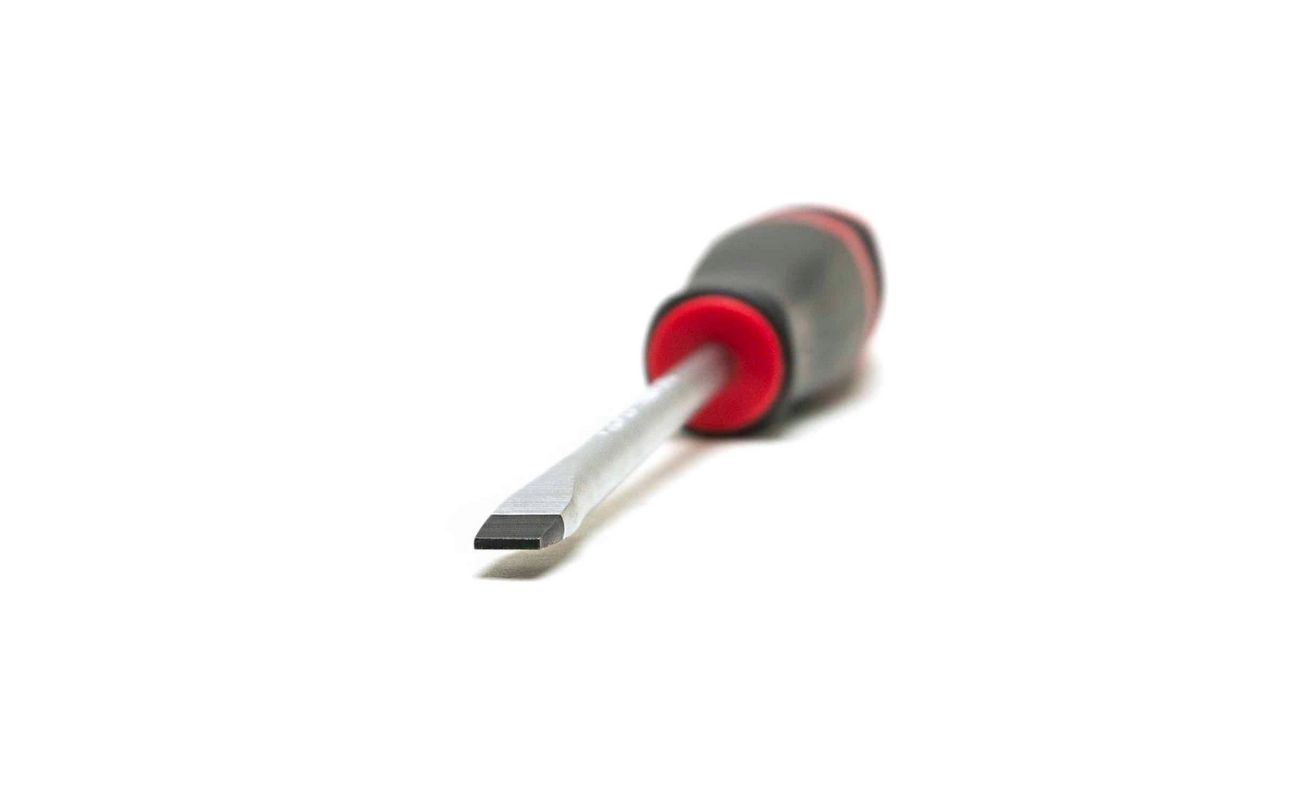
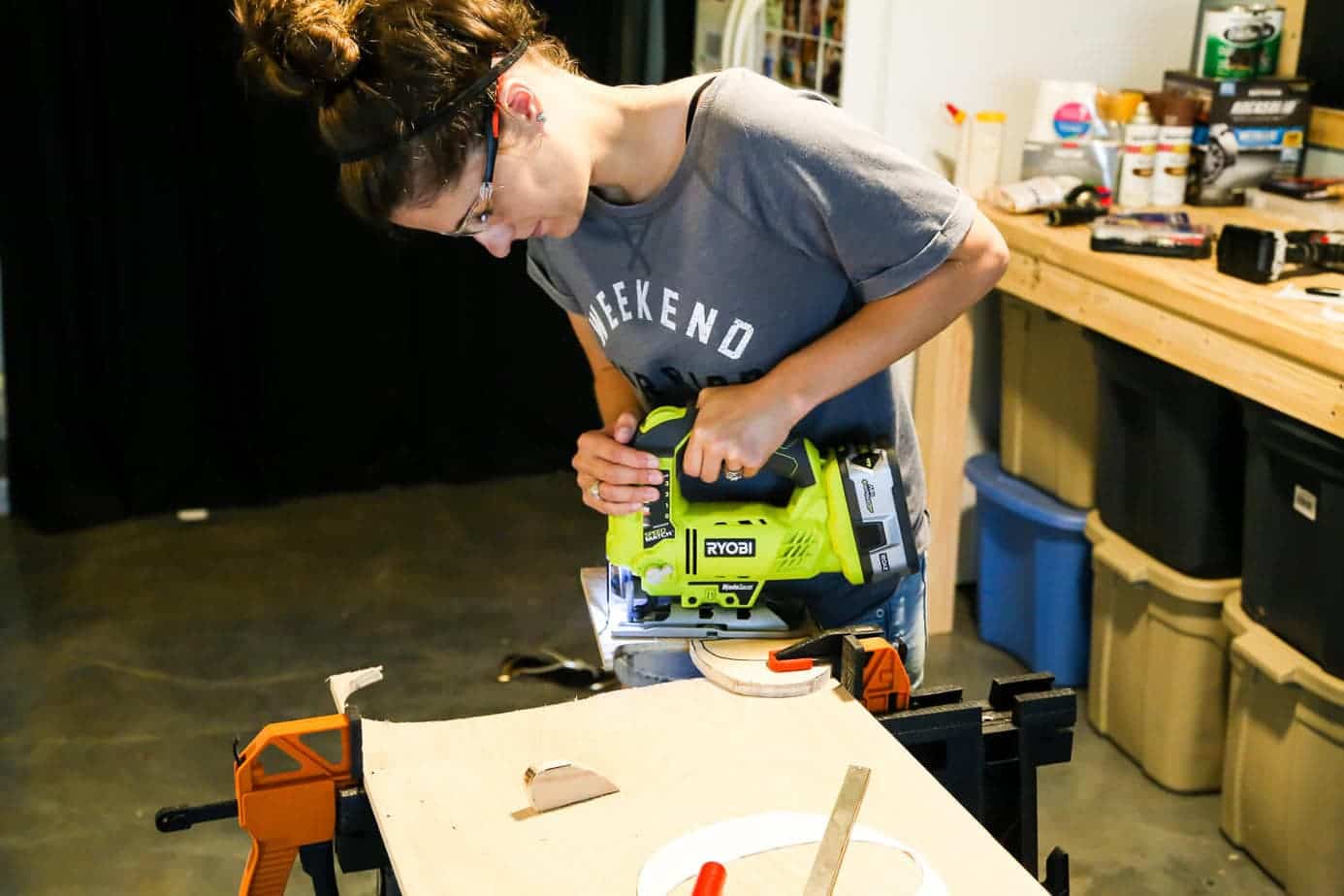
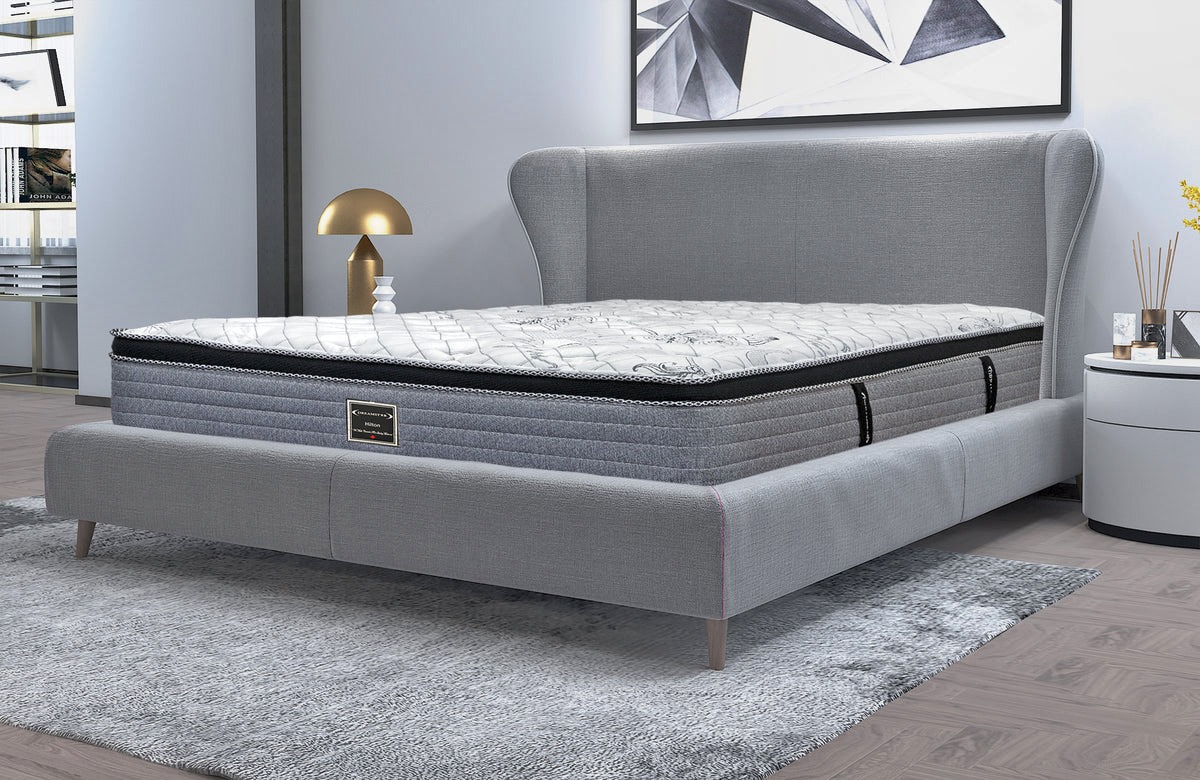

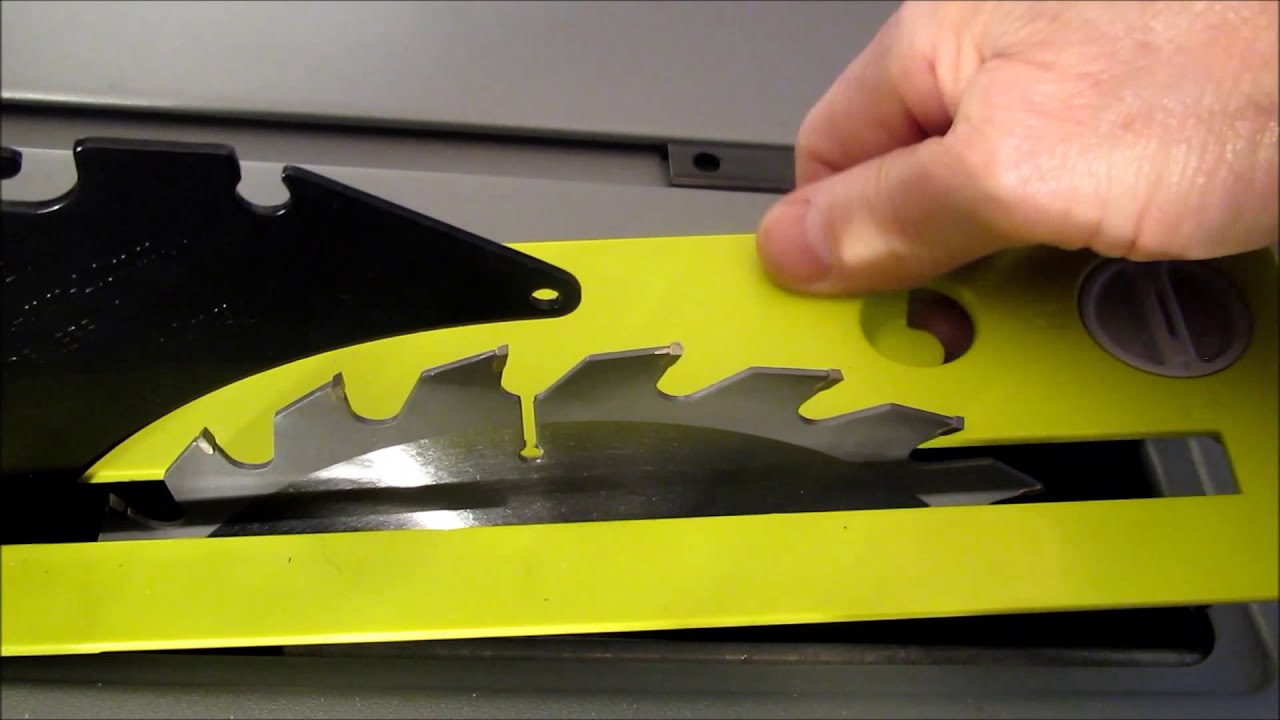
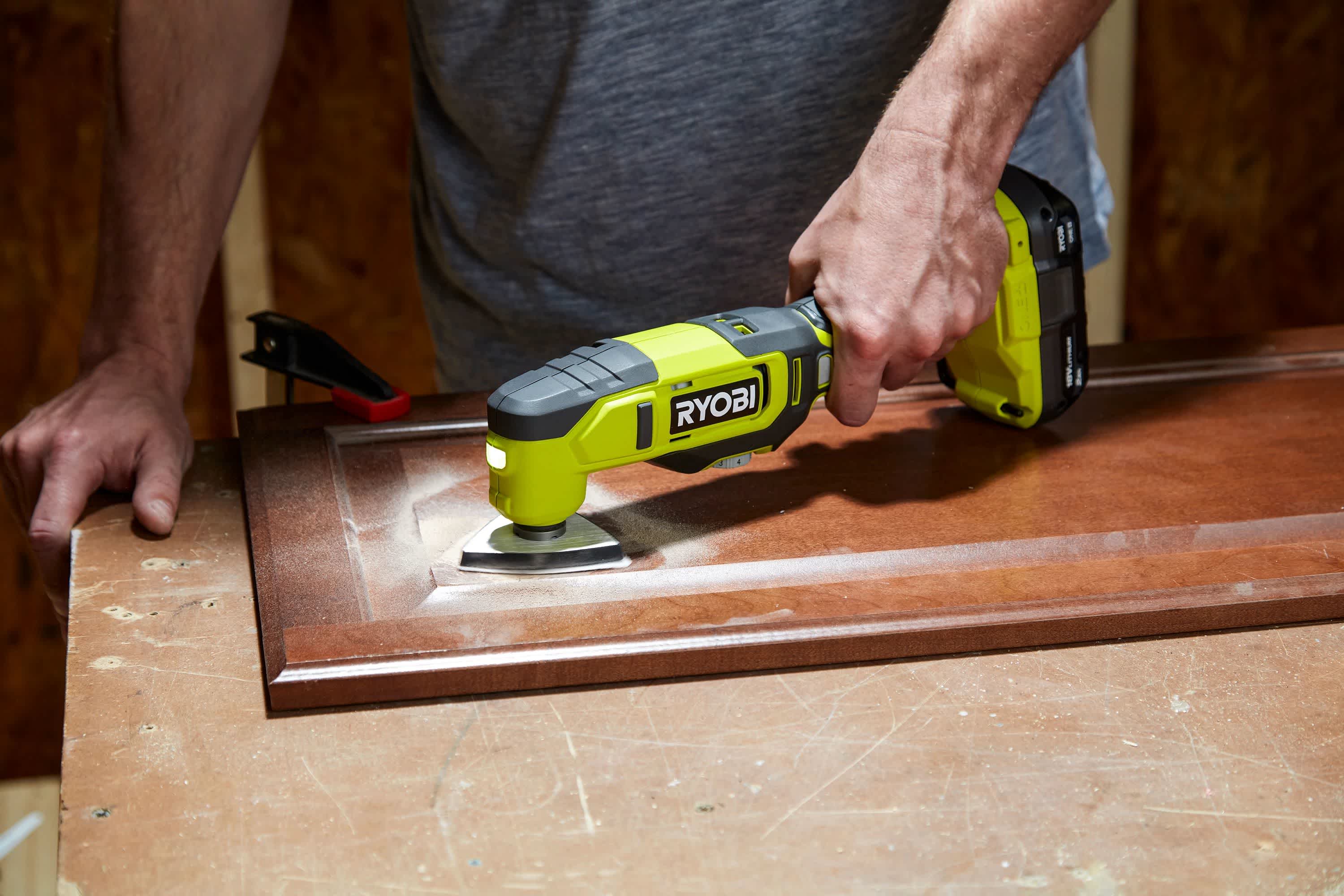
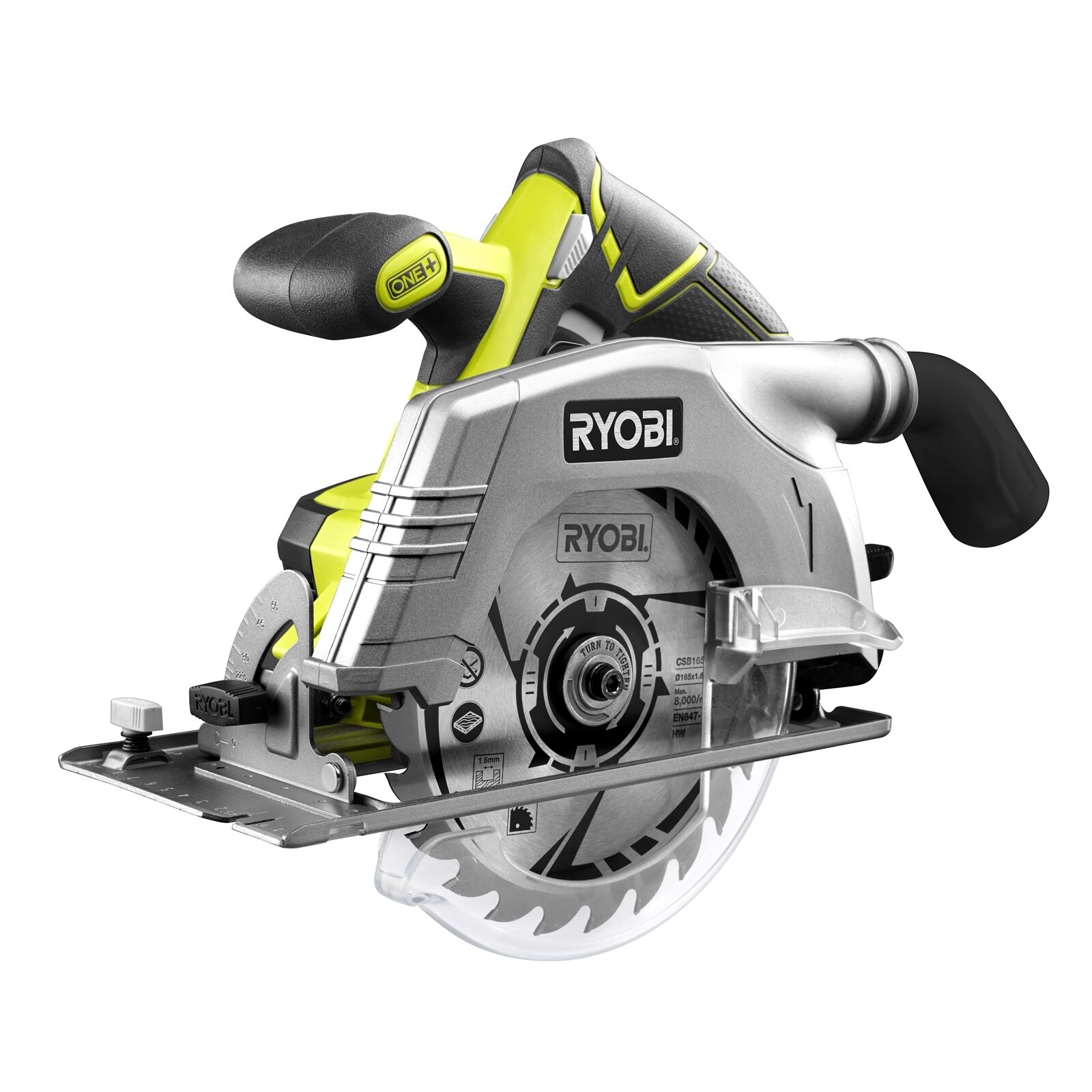
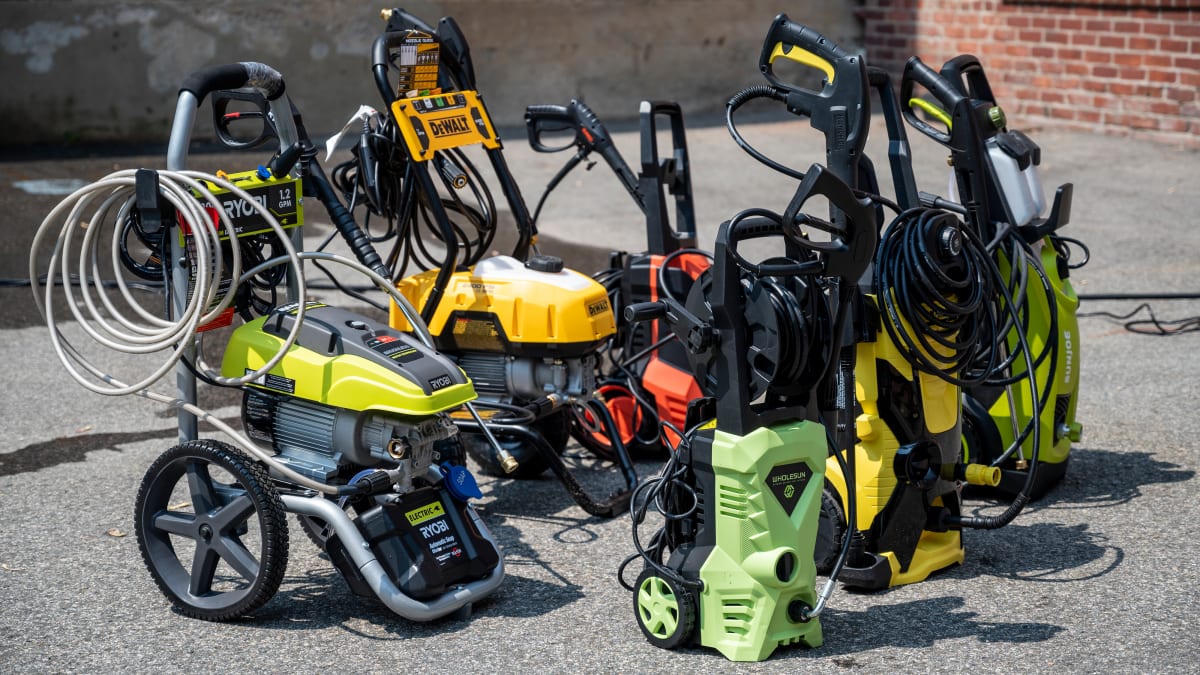




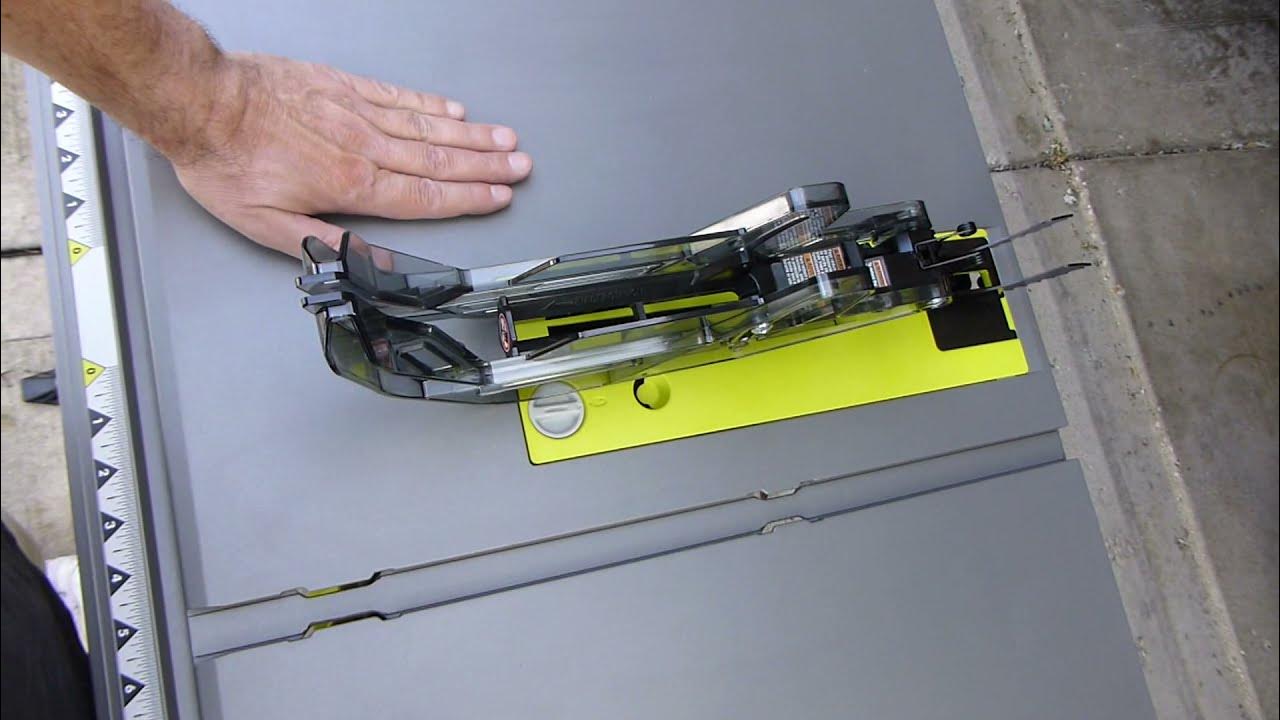
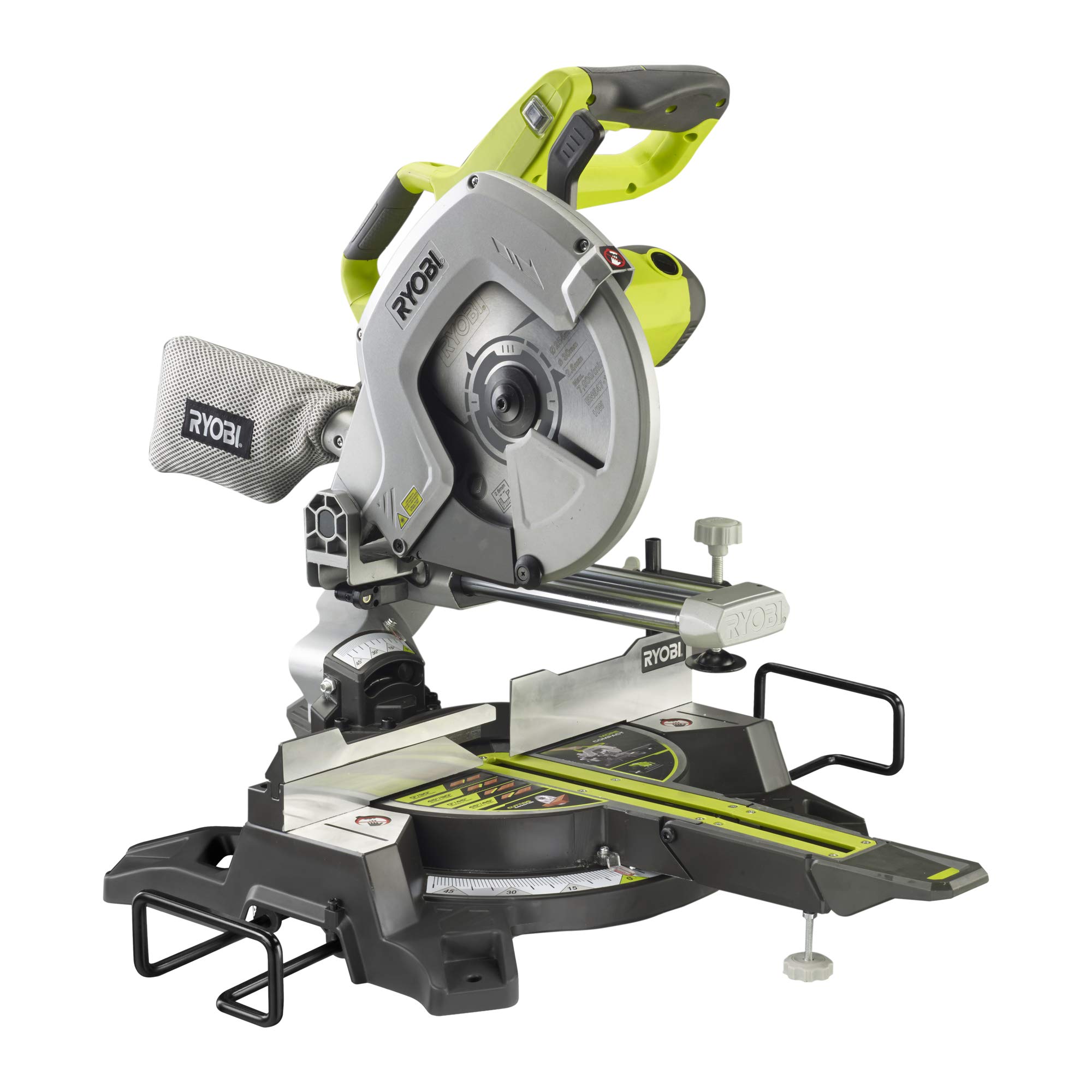

0 thoughts on “What Type Of Blade Does A Ryobi Jigsaw Use”